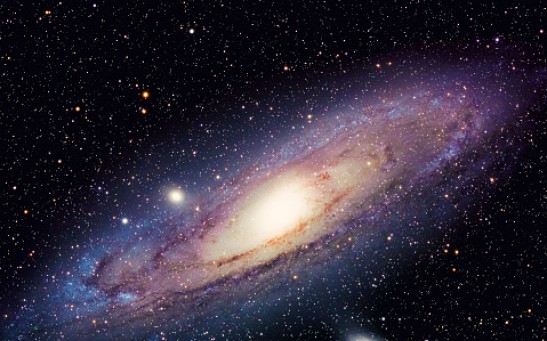The James Webb Space Telescope has been used by astronomers to go back in time to the early cosmos, and they have discovered an unexpected object. Six huge galaxies that existed between 500 million and 700 million years after the big bang that formed the universe were discovered by the satellite observatory.
According to a new study released on Wednesday in the journal Nature, the revelation is fundamentally upending accepted views regarding the creation of galaxies.
Discovery of Galaxies
“These objects are way more massive than anyone expected,” said study coauthor Joel Leja, assistant professor of astronomy and astrophysics at Penn State University, in a statement.
“We expected only to find tiny, young, baby galaxies at this point in time, but we’ve discovered galaxies as mature as our own in what was previously understood to be the dawn of the universe.”
The telescope uses infrared light to examine the universe because this wavelength is undetectable to the human eye and is able to pick up the feeble light emitted by old stars and galaxies.
The observatory can literally look back in time to around 13.5 billion years ago by gazing into the faraway universe. The universe is estimated to be 13.7 billion years old by scientists.
“The revelation that massive galaxy formation began extremely early in the history of the universe upends what many of us had thought was settled science,” Leja said.
“We’ve been informally calling these objects ‘universe breakers’ — and they have been living up to their name so far.”
Scientists need to reconsider how galaxies started and evolved since the galaxies are so enormous that they disagree with 99% of models describing early galaxies in the universe.
According to the prevailing idea, galaxies started out as little clouds of stars and dust that developed through time.
“We looked into the very early universe for the first time and had no idea what we were going to find,” Leja said.
“It turns out we found something so unexpected it actually creates problems for science. It calls the whole picture of early galaxy formation into question.”
As soon as the Webb data and the telescope’s initial high-resolution photos were made available in July, Leja and his colleagues started studying them.
The crew was astonished to find the galaxies, and they were so surprised that they believed they had misinterpreted the data. The galaxies looked like huge points of light.
“When we got the data, everyone just started diving in and these massive things popped out really fast,” Leja said.
“We started doing the modeling and tried to figure out what they were, because they were so big and bright. My first thought was we had made a mistake and we would just find it and move on with our lives. But we have yet to find that mistake, despite a lot of trying.”
Leja noted that capturing a spectrum image of the galaxies, which entails splitting light into multiple wavelengths to define various elements and determine the true distance of the galaxies, is one technique to ascertain why the galaxies developed so swiftly.
A closer examination of the galaxies and their amazing size would be possible thanks to the spectroscopy data.
“A spectrum will immediately tell us whether or not these things are real,” Leja said. “It will show us how big they are, how far away they are. What’s funny is we have all these things we hope to learn from James Webb and this was nowhere near the top of the list.
We’ve found something we never thought to ask the universe — and it happened way faster than I thought, but here we are.”
It’s also possible that the galaxies found with Webb data are something quite else.
“This is our first glimpse back this far, so it’s important that we keep an open mind about what we are seeing,” Leja said.
“While the data indicates they are likely galaxies, I think there is a real possibility that a few of these objects turn out to be obscured supermassive black holes.
Regardless, the amount of mass we discovered means that the known mass in stars at this period of our universe is up to 100 times greater than we had previously thought. Even if we cut the sample in half, this is still an astounding change.”
To read our blog on “A new era of stars promised by the James Webb telescope,” click here.
